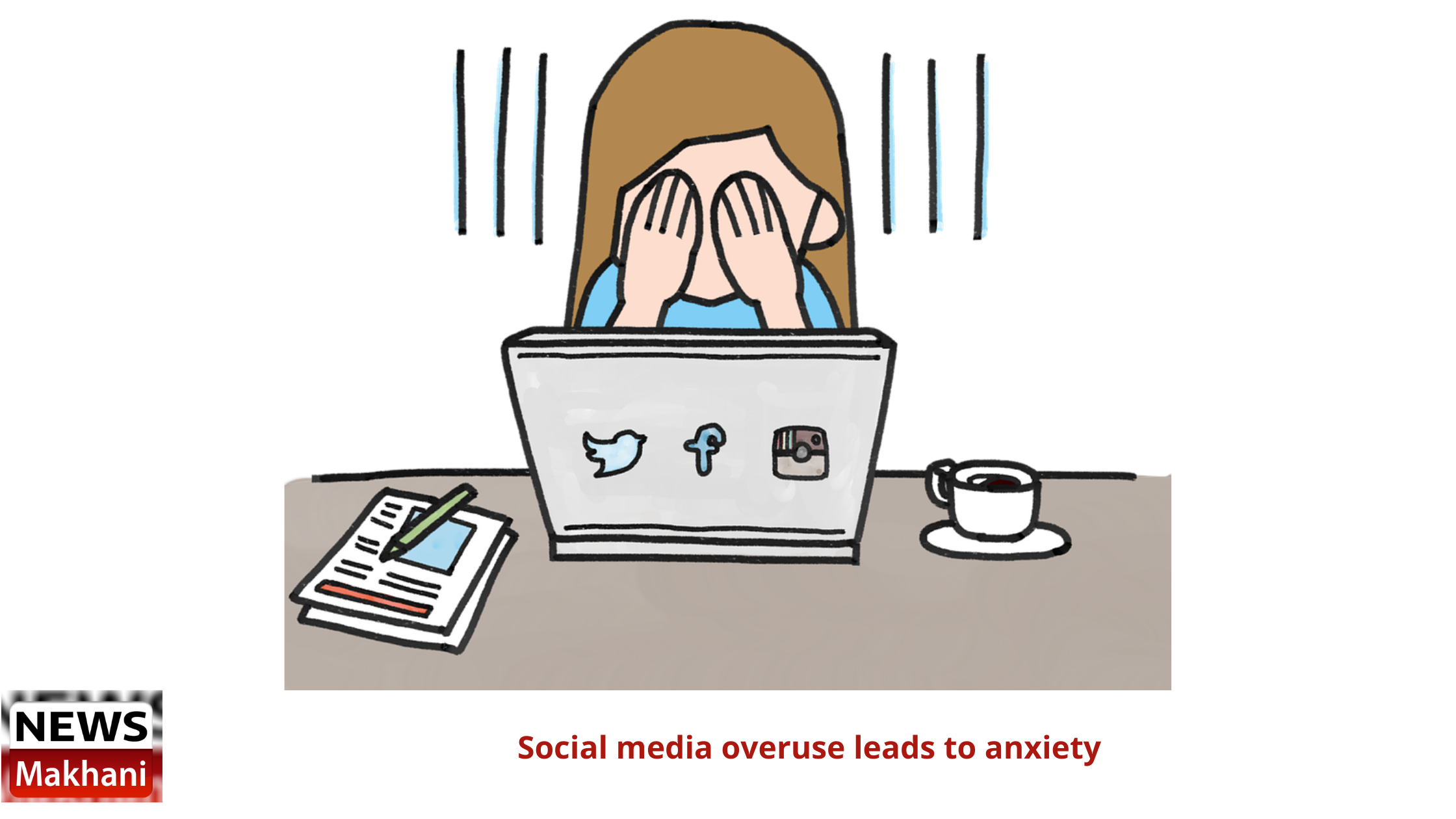How many hours of your day do you spend on facebook, instagram, twitter or snapchat? Your answer may measure your level of anxiety.
Researchers have found that social media use, television viewing and computer, except video gaming, are linked to an increase in anxiety symptoms among adolescents.
The study, published by Canadian Journal of Psychiatry, shows that a more than average frequency of social media use, television viewing and computer use over four years predicts more severe symptoms of anxiety against less than average use for the same time.
A study researcher Patricia Conrod from the University of Montreal in Canada, “These findings suggest that one way to help teens manage anxiety could be to help them limit the amount of time they spend in front of screens.”
It has been noticed that when adolescents decreased their social media use, television viewing, and computer use, their symptoms of anxiety became less severe. Thus, no lasting effects were found.
Study lead author Elroy Boers said, “It appears that computer use is uniquely associated to increases in anxiety, potentially in relation to using the computer for homework activities, but this needs further research.”
For the findings, almost 4,000 Canadian teenagers from ages 12 to 16 who were part of the Co-Venture Trial were made the subject of the study. Each year of high school, teens were asked to self-report time spent in front of digital screens and specified amount of time spent engaging in four different types of screen time activities (social media, television, video gaming and computer use). Along with this, the teenagers completed self-reported questionnaires on various anxiety symptoms at ages 12 to 16.
The study findings indicate social media use, television viewing, and computer use are predictors of anxiety in adolescence.
“While our results are based on observational research design, the nature of statistical approach that we used to test possible causal effects robustly controlled for any potential common underlying vulnerability to high levels of screen time and anxiety,” Conrod added.

 हिंदी
हिंदी






